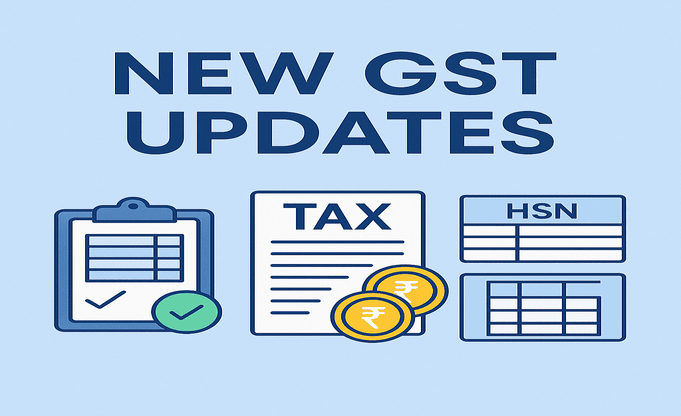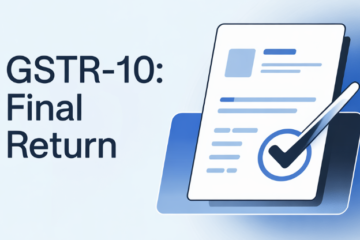The Central Board of Indirect Taxes & Customs (CBIC) on its Twitter handle has clarified that the GSTN system only validates the mandatory B2B section in GSTR-1 Return.
CBIC wrote that in accordance with Notification No. 12/2017-Central Tax dated 28th June 2017 (as amended), any registered taxpayer whose total turnover was up to Rs. 5 crore in the last financial year is not required to mention the number of digits of the HSN (Harmonised System of Nomenclature) code in their tax invoices issued for sales made to unregistered persons. This means that for B2C (Business to Consumer) transactions, small taxpayers have the option to leave out HSN codes on invoices.
The Goods and Services Tax Network (GSTN) issued an advisory on May 01, 2025, announcing that Table 12 for the GSTR-1/1A return has been divided into two distinct sections: “B2B Supplies” and “B2C Supplies.” One for the purpose of B2B (Business to Business) supplies and the other for B2C (Business to Customer) supplies. Hence, taxpayers are now required to enter HSN summary details into both B2B and B2C separately under their respective sections.
In addition to this, a new feature has been implemented in the system. This feature will verify the HSN-wise values filled in Table 12 and confirm if the values align with the values mentioned in other parts of the tax return. This feature has been introduced to ensure that the data filed is accurate and consistent across all sections. For B2B transactions, the HSN summary is compulsory. Taxpayers are recommended to fill in the details accurately, as the system will not permit submission if it is left blank.
However, for B2C transactions, the GST system has not made it compulsory to provide an HSN summary, since the rule already permits small taxpayers with a total turnover of up to Rs. 5 crore to skip the HSN code. Hence, the system will not show any error if the B2C HSN section is left unfilled by such taxpayers.
🔒 GSTR-3B Liability Locking: Important Update
In a parallel update, GSTN has also introduced significant changes related to the GSTR-3B form. Effective from July 2025, the system will implement automatic locking of tax liabilities in Table 3.2 of GSTR-3B based on the values declared in GSTR-1 or GSTR-1A. This step is aimed at reducing discrepancies between outward supplies reported and tax paid.
Once the values are auto-populated, taxpayers will not be able to manually edit the liability in Table 3.2 for inter-state supplies. If any correction is required, it must be routed through amendments in GSTR-1A. This change strengthens the consistency and reliability of data between return forms and helps curb tax evasion by ensuring accurate tax reporting.
However, based on feedback from businesses and professionals, the government has temporarily deferred the non-editable status of Table 3.2. As of now, it remains editable, but taxpayers should expect full locking in future periods once system validations are fully enforced.
🕒 Three‑Year Time Bar on Filing Returns
- From July 1, 2025, the GST portal will block filing of any GST returns (monthly or annual)—including GSTR‑1, GSTR‑3B—beyond three years from their original due dates.
- For example, since the August 2025 GSTR‑3B covers July 2025, returns originally due before July 1, 2022, will not be allowed after June 30, 2025.
- No credits can be claimed, and no returns can be submitted for those periods—permanently.


